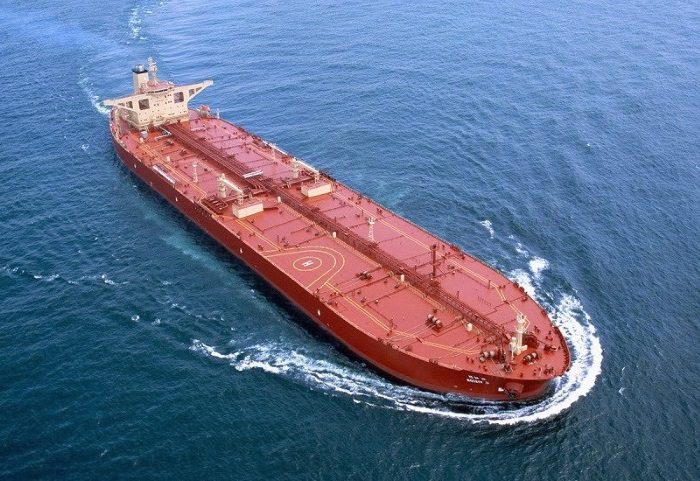According to Ms. Chara Georgousi, Intermodal’s Research Analyst, “for the majority of 2022, the VLCC sector was stuck in the doldrums and freights were standing well below the breakeven point, meaning that they couldn’t even cover voyage costs. However, from July onwards they moved to positive territory, while in November they reached sky-high levels of more than $100,/day. A historically low order book standing at 7.5% of the global fleet (the lowest since 1997), an aging fleet, ships operating at reduced speeds to satisfy pollution limits, and an extremely tight shipyard capacity will continue to support VLCCs in the coming years. More specifically, these factors will constrain supply growth through 2024”.
“Ms. Georgousi added that “the logistics of sourcing crude oil have been dramatically changed by the geopolitical disruptions following the conflict in Ukraine. Ton miles have significantly surged as Gulf imports to the EU travel farther while rising US oil exports and eased OPEC+ production curbs bring more oil to the market. The heavily discounted Russian crude is now heading toward the East, and thus Aframax and Suezmax vessels have reaped the most benefits while hauling crude from the Baltic and the Arctic Russian terminals to China and India. In 2022 deadweight demand for Aframax could register an up to 7% increase y-o-y, while Suezmax deadweight demand growth is calculated at around 6%. Both sizes have outpaced VLCCs through 2022, as VLCC deadweight demand growth stood lower, at about 5.1%. In 2023, Aframax vessels are forecast to register the biggest growth, both in terms of deadweight demand growth, as well as tonne-mile demand growth”.
“Floating storage has decreased to roughly 92 million barrels in 2022, about 9% y-o-y, and normalized after having peaked in June 2020 amid low oil prices. As stockpiles are depleted and crude prices remain unreasonably high, we anticipate floating-storage levels to return within the range of the 5-year average, at roughly 74 million barrels over the course of the following 12 months. This will translate into a 27% y-o-y decline. As older vessels are most commonly used for floating storage, tanker owners must balance high asset values with high rates when floating storage returns to normal. According to our preliminary data, values for 20-year VLCCs have increased by roughly 4.8% since last year, while 9.5% of the /ULCC fleet is at least 20 years old”, Intermodal’s analyst said.
“China’s demand for oil will also pivot crude markets in 2023. The country’s recent relaxation of its strict COVID-zero measures is widely perceived as bullish for crude demand. While the country is expected to keep in place some measures through the 1H2023, a full reopening of its economy in 2H2023 will provide tailwinds to the oil market. Domestic fuel demand is likely to recover after 2H2023 when travel restrictions are expected to be lifted and domestic and international flights will resume back to normal and will be reflected in normalized jet fuel demand. Road travel is also expected to normalize within 2023 boosting gasoline and diesel demand, while a full re-opening of the economy will underpin construction activity which has been severely hit following the pandemic. Overall, a bullish combination of slowly recovering oil consumption and increased ton-miles as a result of market disruptions could boost demand for crude tankers up to 6% higher in the next year”, Ms. Georgousi concluded.





